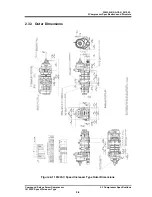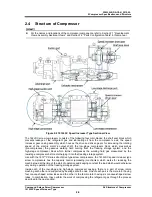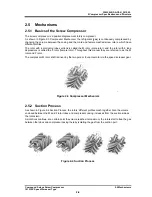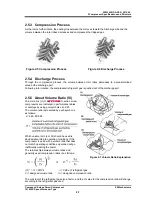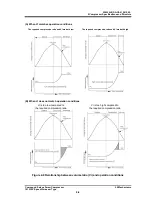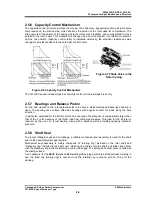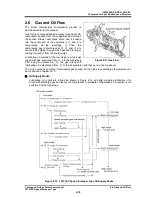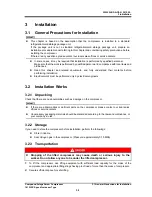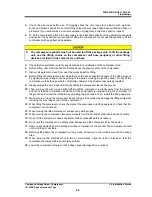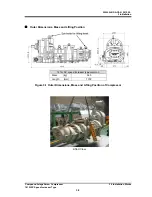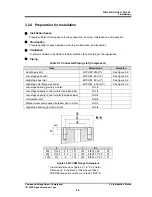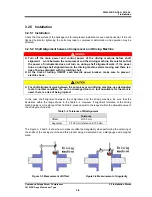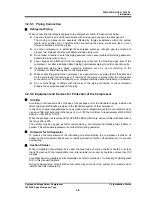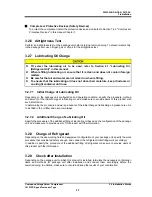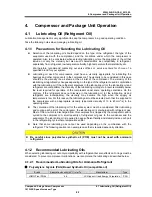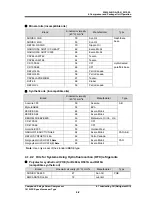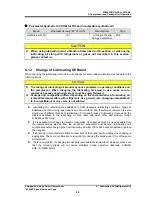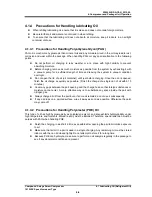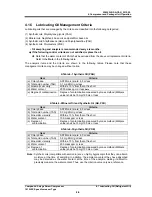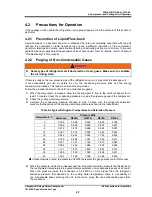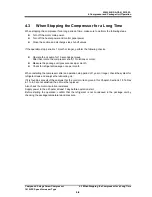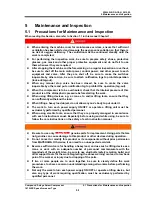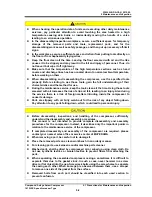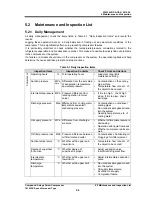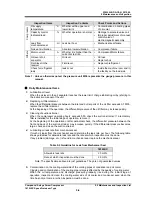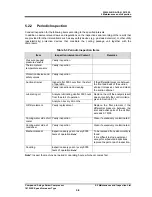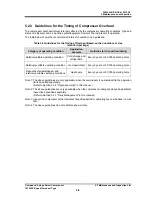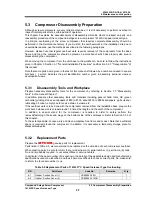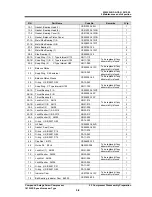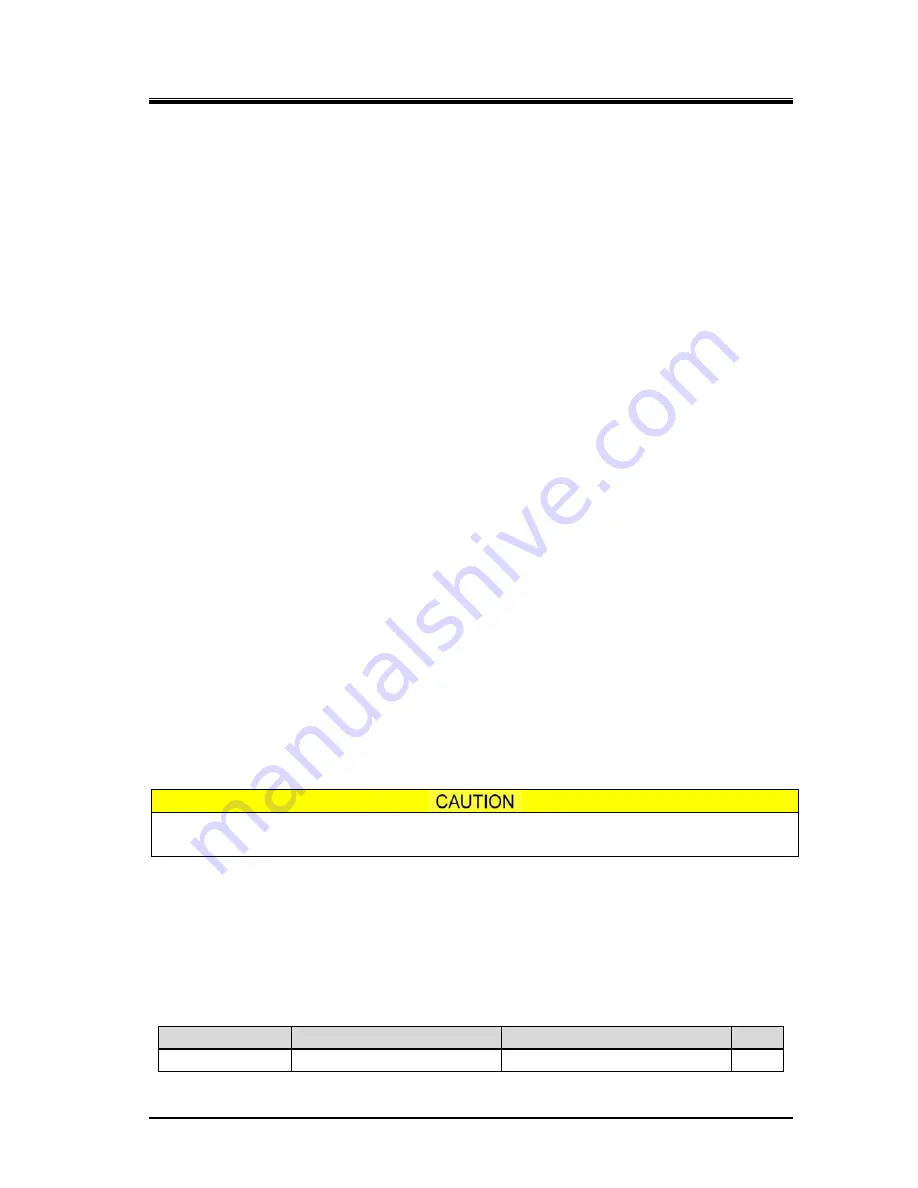
2202L5JE-DA-C5-N_2015.05.
4. Compressor and Package Unit Operation
Compound 2-stage Screw Compressor
4.1 Lubricating Oil (Refrigerant Oil)
1612LSC Speed Increaser Type
4-1
4. Compressor and Package Unit Operation
4.1
Lubricating Oil (Refrigerant Oil)
Lubrication management is very significant to keep the compressor in a good operating condition.
Take the following notes when managing lubricating oil.
4.1.1 Precautions for Selecting the Lubricating Oil
Selection of the lubricating oil should depend on the type of the refrigerant, the type of the
evaporator used with the compressor, and the conditions under which the compressor is
operated. Also to be considered when selecting lubricating oil are the properties of the oil that
include not only the viscosity but also such characteristics as compatibility in refrigerant,
separability from refrigerant, low temperature fluidity, high temperature thermal stability, etc.
We therefore recommend contacting our sales offices or service centers for choice of a
specified brand for your system.
Lubricating oil used for compressors must have a viscosity appropriate for lubricating the
bearings and other components in the compressors. The viscosity to be considered in this case
should be the viscosity the oil shows at the oil inlet of the compressor. The viscosity of the
lubricating oil significantly changes depending on the type of the refrigerant used in combination
with the lubricating oil. If the refrigerant dissolves in the lubricating oil (or the lubricating oil and
refrigerant are compatible), the viscosity of the lubricating oil drops to a level remarkably below
the level required for operation of the compressor under some operating conditions. On the
contrary, if the refrigerant does not dissolve in the lubricating oil (or the lubricating oil and
refrigerant are incompatible), the viscosity may become too high when the supply oil
temperature is low. For this reason, the lubricating oil must be selected such that it is supplied to
the compressor with an appropriate viscosity (kinematic viscosity of 13 to 40 mm
2
/s) in the
operating state.
The circulation of the lubricating oil for the entire system must be considered. After lubricating
and cooling each part of the compressor, the lubricating oil is discharged with refrigerant gas.
Most of the oil which is discharged from this compressor is trapped by the oil separator and is
cycled to the compressor. A small quantity of refrigerant oil goes to the condenser and the
evaporator. The lubricating oil is required to have sufficient fluidity and stability inside each part
in the refrigerating cycle where temperatures differ.
Note that some lubricating oils cannot be used depending on the combination with the
refrigerant. The following caution is an example case that is required especially attention.
Be careful since polyolester synthetic oil (POE) must not be used with ammonia
refrigerant.
4.1.2 Recommended Lubricating Oils
When selecting lubricating oil, not only compatibility with refrigerant but also effects on O-rings must be
considered. To prevent compressor malfunctions, we recommend the lubricating oil described below.
4.1.2.1 Recommended Lubricating Oils for Ammonia Refrigerant
Polyalkylene Glycols (PAG) Based Synthetic Oil (compatible oil)
Brand
Kinematic viscosity (40°C) mm
2
/s
Manufacturer
Type
JOMO Freol PN46
46
JX Nippon Oil and Energy Corporation
PAG

